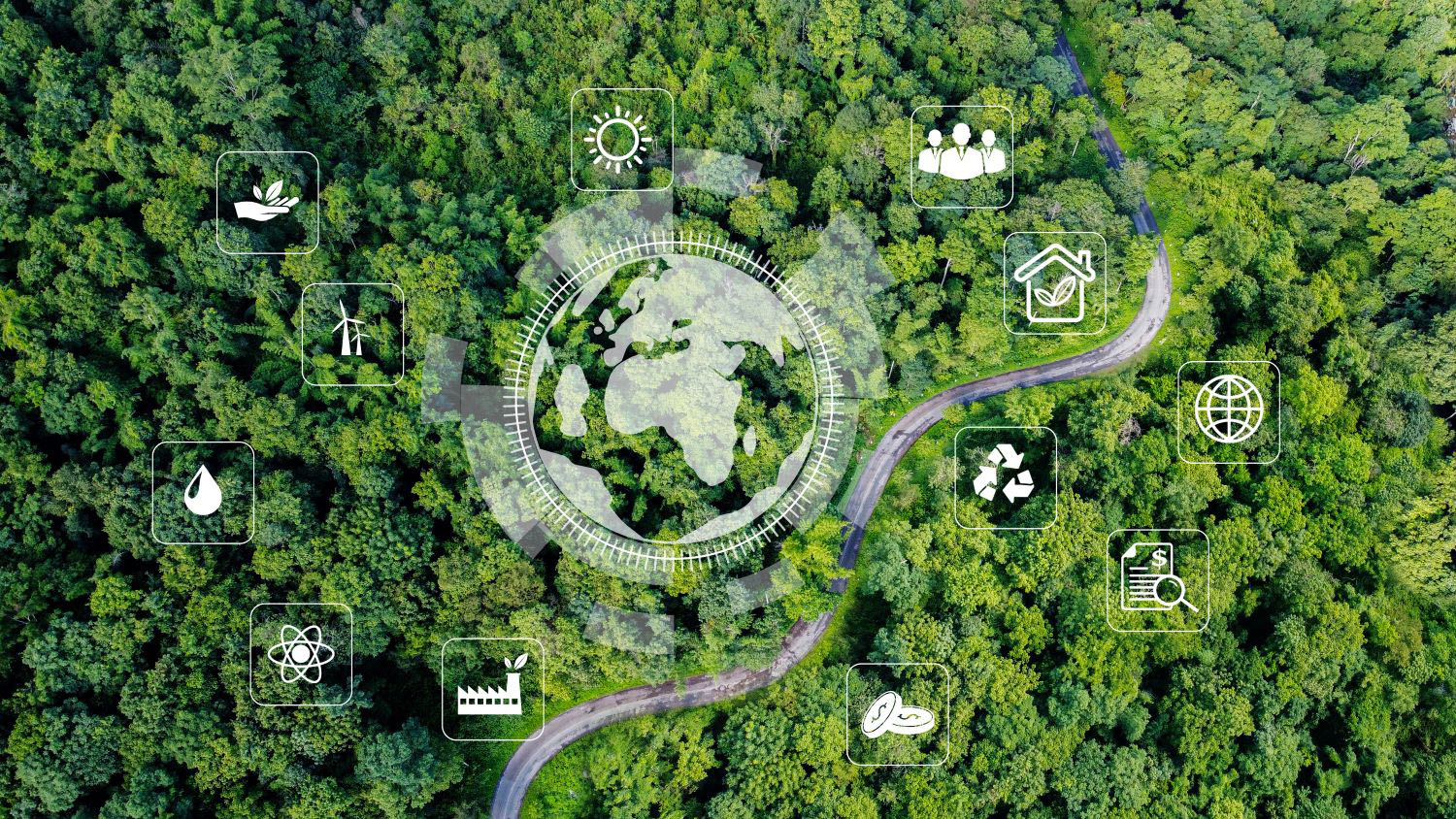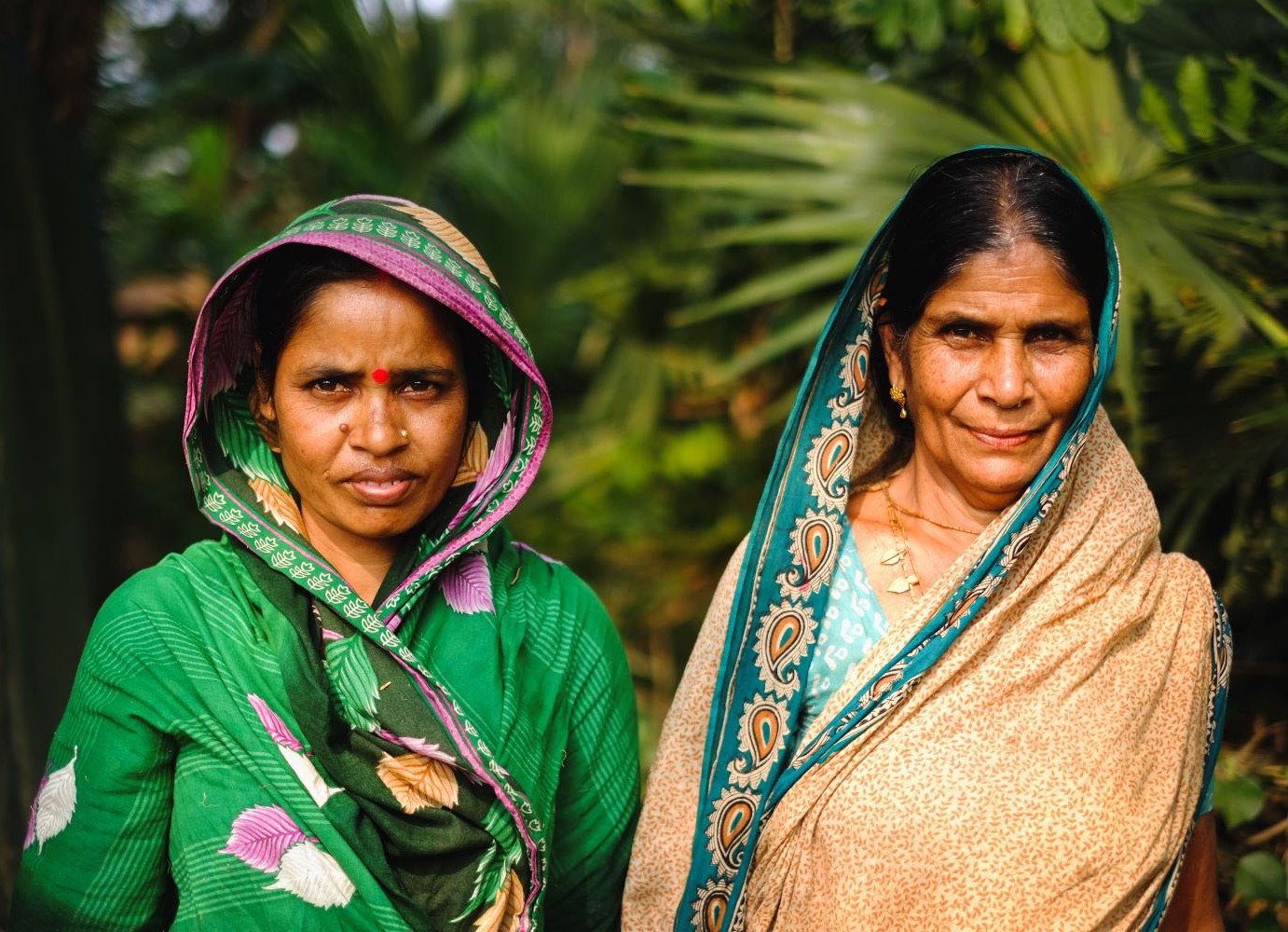What does ‘Leave No One Behind’ mean in the context of the post-2015 development agenda? From the UN High Level Panel to the Open Working Group to the recently released zero draft of sustainable development goals, presidents, prime ministers, UN envoys, civil society, and citizens around the globe have rallied around the call. But how does this soaring rhetoric translate in practice, and how will we know if the world has succeeded in achieving it?
In its broadest sense, the pledge to ensure no one is left behind means that all goals, targets and indicators will not be considered met unless they have been met for every person around the globe. Leave no one behind is a call to guarantee that the poorest and most marginalized have the opportunity to fulfill their potential. No person — regardless of income, gender, age, geography, ethnicity or other social or economic identity — should be denied basic rights and services.
As a recent UNICEF report makes clear, the MDGs have not fulfilled this promise. Too many were left behind, individuals forgotten in the race to improve statistical averages. If the promise to Leave No One Behind is to lead to real change, it needs to be clearly defined and then measured.
Critically, the definition of Leave No One Behind should be based on outcomes for people, and not simply monetary inputs. Previous drafts of the outcome document for next month’s Third International Conference on Financing for Development (FFD) had proposed a cost-based approach: a per capita spending figure that would indicate national achievement of a global social floor. This input-focused construction misses the point and risks continuing a pattern of development practice predicated on increasing the quantity of inputs as the first priority. But an increase in funds does not necessarily mean an increase in quality of outcomes.
Without further definition, Leave No One Behind will be nothing more than a slogan. What is needed is a core package of measurable outputs and interventions which no man, woman, or child should be without by 2030. This requires translating global-level goals into outcomes and outputs for individuals and measuring progress through disaggregated data that tracks the most vulnerable economic and social groups.
The core package we envision would form a global minimum, but the concept of Leave No One Behind is greater. The global floor can and should be supplemented by national ladders — specific country and local packages to ensure the most vulnerable and marginalized are empowered.
Here is a draft proposal for what a minimum package might look like. The table below presents the SDG Target (the desired impact), the Promise to People (the desired outcome at a person level), and a Basket of Interventions (illustrative interventions that would be necessary — but not sufficient — services that governments and other stakeholders would need to provide to meet a global minimum standard).
In forthcoming analysis, we will explore the concept of Leave No One Behind, the business as usual trajectory of these objectives, potential interventions and solutions to bridge the gap between this vision and business as usual, and offer policy recommendations to ensure that no one is left behind in the post-2015 development agenda.
But first we need a specific, measurable basket of outcomes that would comprise a core set of promises to Leave No One Behind, and that’s where the development community comes in. Are the ten outcomes we propose above the right choices? What would you consider absolutely critical? Or, perhaps even more importantly, is starting with outcomes the right way we should be implementing a floor? We want to hear from you — leave your comments here or respond to us directly.
CGD blog posts reflect the views of the authors, drawing on prior research and experience in their areas of expertise.
CGD is a nonpartisan, independent organization and does not take institutional positions.





